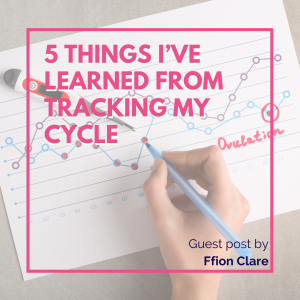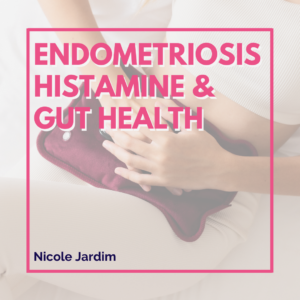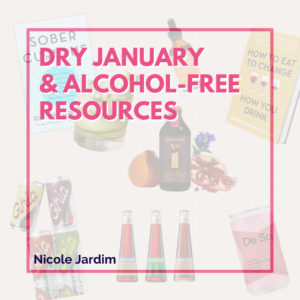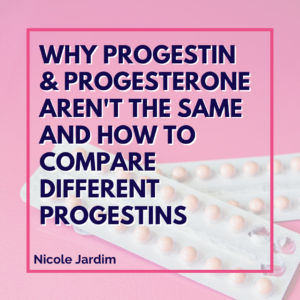Written by my Fall 2020 Apprenticeship Participant, Ffion Clare. Interested in joining my next Apprenticeship? Sign up for the waitlist here.
When I was 29, I quit the pill in preparation for starting a family. I had been on the pill for 13 years, so I wasn’t sure what to expect.
It took three months for my first post-pill period to arrive, and after that it only came around every six to eight weeks. My hair became noticeably oilier and my skin broke out (these pesky symptoms were the reason I was prescribed the pill as a teenager in the first place). I developed a painful ovarian cyst, and noticed spotting before and after my very light period, cramping, breast tenderness and increased irritability.
In my quest to solve my period problems, I started researching the menstrual cycle and came across a report by The American College of Obstetricians and Gynecologists which recommended that the menstrual cycle be monitored as a “vital sign” of health in adolescent girls.
In other words, the menstrual cycle is as important as blood pressure, pulse rate, respiration rate and body temperature in assessing the health status of a female body. This blew my mind!
For so many years I’d attempted to ignore or suppress my natural menstrual cycle, writing off the symptoms as a “nuisance” to be medicated or endured. But I had now learned that an optimally healthy female body (in its reproductive years) is a body that cycles regularly, and that as women we can learn so much about our underlying health if we pay attention to the signs and symptoms of our natural menstrual cycles.
So, more than two and a half years ago now, I started tracking my menstrual cycle in an attempt to gain these insights and improve my underlying health!
What is the menstrual cycle?
But first, a brief refresher on the menstrual cycle. A healthy menstrual cycle is typically 25 to 35 days long. The first day of menstrual flow (not spotting) is the first day of the cycle, and the last day is the day before the next menstrual flow.
The menstrual cycle is divided into the pre-ovulatory phase (which runs from the first day of menstrual flow to ovulation) and the post-ovulatory phase (which is the day after ovulation until the day before the next menstrual flow). Ovulation marks the “halfway” point of the menstrual cycle, but in reality the cycle is rarely divided into two equal halves!
What is cycle tracking?
Cycle tracking is the daily practice of observing and recording your cycle parameters and “fertile signs”, including the first day and duration of your period, the total length of your menstrual cycle and any menstrual symptoms. A more advanced practice involves recording your daily basal body temperature (BBT) and cervical fluid changes, which enables you to pinpoint exactly where you are in your cycle at any given time.
BBT is your resting body temperature immediately upon waking (before you get out of bed, have a glass of water, etc), and can be measured using a thermometer with two decimal places.
Following ovulation, your BBT spikes and stays higher than your pre-ovulatory temperatures for the remainder of the cycle. This temperature spike is due to the thermogenic effect of the hormone progesterone, which is produced in the ovaries only after ovulation. This means you can rely on a sustained spike in your BBT to confirm when ovulation has occurred.
Changes in cervical fluid signify when ovulation is approaching. When ovulation is imminent, cervical fluid becomes a translucent “egg white” consistency (which you may even be able to pick up and stretch between your fingers) and/or the sensation when wiping with toilet paper is very slippery or lubricative. When ovulation has occurred, cervical fluid rapidly dries up, reverting to a pasty or sticky consistency or “dry” sensation.
5 things I’ve learned from tracking my cycle
While I am still learning something new every cycle, here are 5 things I’ve learned so far from tracking 27 natural menstrual cycles:
- I know exactly when my period is coming
Even though my cycles are still a bit irregular, I always know when my period is coming, so I never get caught out!
I have learned the length of my post-ovulatory phase and understand that it stays relatively consistent from cycle to cycle (11 to 13 days). As a result, once I have confirmed that ovulation has occurred (whether that happens on day 16 or day 24, or somewhere in between), I know to expect my period in 11 to 13 days.
Then, on the exact day my period is going to show up, I see a sharp drop in my BBT to my pre-ovulatory levels. This means I get a heads up in the morning that my period is coming that day.
- I can identify my fertile window
Monitoring my cervical fluid changes helps me to pinpoint when ovulation is approaching and therefore my “fertile window” (i.e. the window during which conception could occur). This information will be invaluable when I start trying to conceive, and will save me from spending money on ovulation predictor kits (which can be unreliable).
But if you are wanting to avoid pregnancy, please also use barrier methods of contraception or train with a qualified Fertility Awareness Method (FAM) instructor – you don’t want to make any mistakes during the learning phase!
- I can adapt my lifestyle and self-care practices to the phases of my cycle
As our hormones fluctuate over the course of the menstrual cycle, so too do our energy levels and moods. We can use these subtle shifts to our advantage, by modifying our lifestyles, self-care practices and even our diet and exercise regimens to align with our cyclical changes.
For example, around ovulation my energy levels, motivation and confidence peak. At this time of my cycle I prioritize HIIT workouts, socializing with friends and trying new experiences.
In the late post-ovulatory phase and during menstruation, my energy levels dip and I can feel more emotional and introspective. During these phases I prioritize restorative yoga, meditation, sleep, warming foods and reflecting on my goals and intentions.
- My period is my “monthly report card”
Our bodies can’t speak to us in words, so instead they communicate with us via symptoms. Cycle tracking has taught me a special kind of body literacy: how to pay attention to and understand the language of my natural menstrual cycle.
Naturopathic doctor Lara Briden invites us to think of our periods as our “monthly report card”. In other words, my period is a monthly expression of my underlying health. When my period arrives on time and symptom-free, I can feel confident that my health is on track and my current lifestyle is protective and restorative.
When my period is accompanied by symptoms, or I notice abnormalities in my cycle over a few months, these period symptoms are my inbuilt warning signal that my underlying health requires further investigation and/or that my current lifestyle needs some attention.
- I can be a better advocate for my health
Doctors are scientists – they deal in data and facts. So when I am seeking lab testing or other diagnostic procedures to unearth the root causes of my cycle irregularities, I can confidently inform my doctor of my cycle parameters and symptoms. My doctor and other health practitioners (including my naturopath and acupuncturist) can use my cycle data to prescribe tailored treatments and supplements, justify further testing and track my progress towards better health.
Sources
Menstruation in girls and adolescents: using the menstrual cycle as a vital sign. Committee Opinion No. 651. American College of Obstetricians and Gynecologists. Obstet Gynecol 2015;126:e143–6. https://www.acog.org/clinical/clinical-guidance/committee-opinion/articles/2015/12/menstruation-in-girls-and-adolescents-using-the-menstrual-cycle-as-a-vital-sign
About Ffion
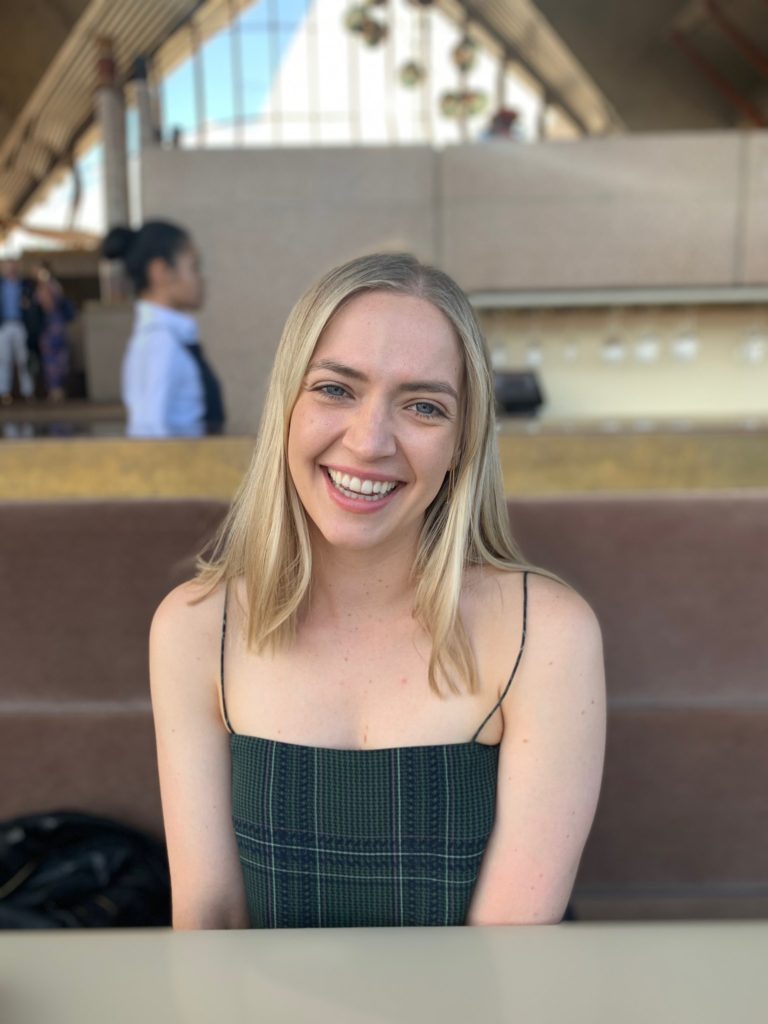
Ffion Clare is a certified Wellness Coach based in Melbourne, Australia. She is passionate about supporting women to establish healthy habits to balance their hormones and boost their reproductive health. You can connect with Ffion on her Instagram @ffionclare_coaching.
